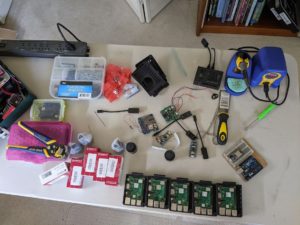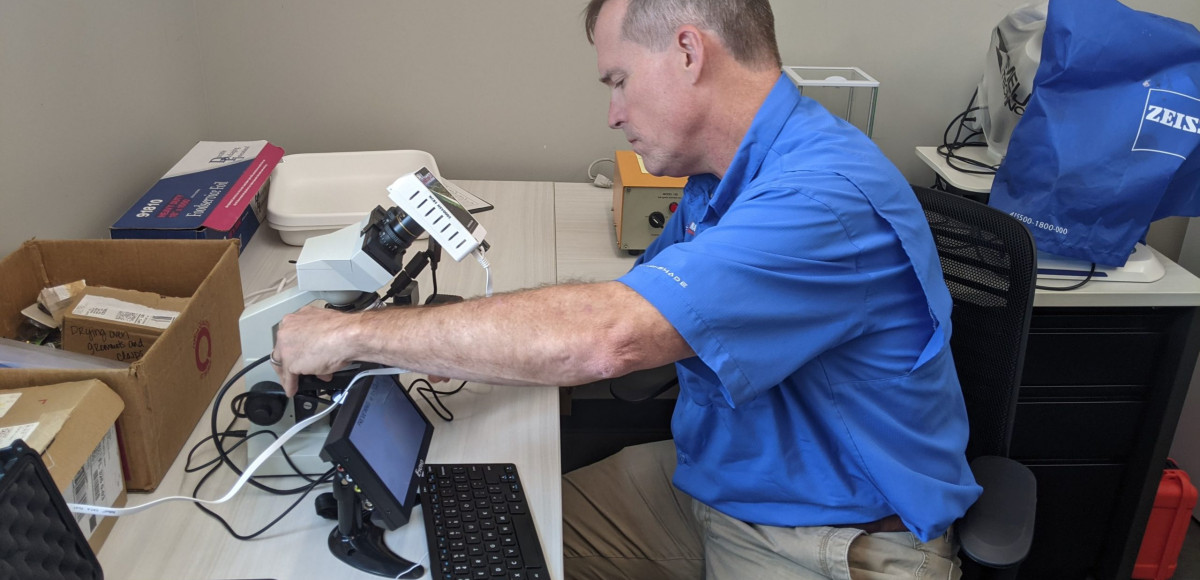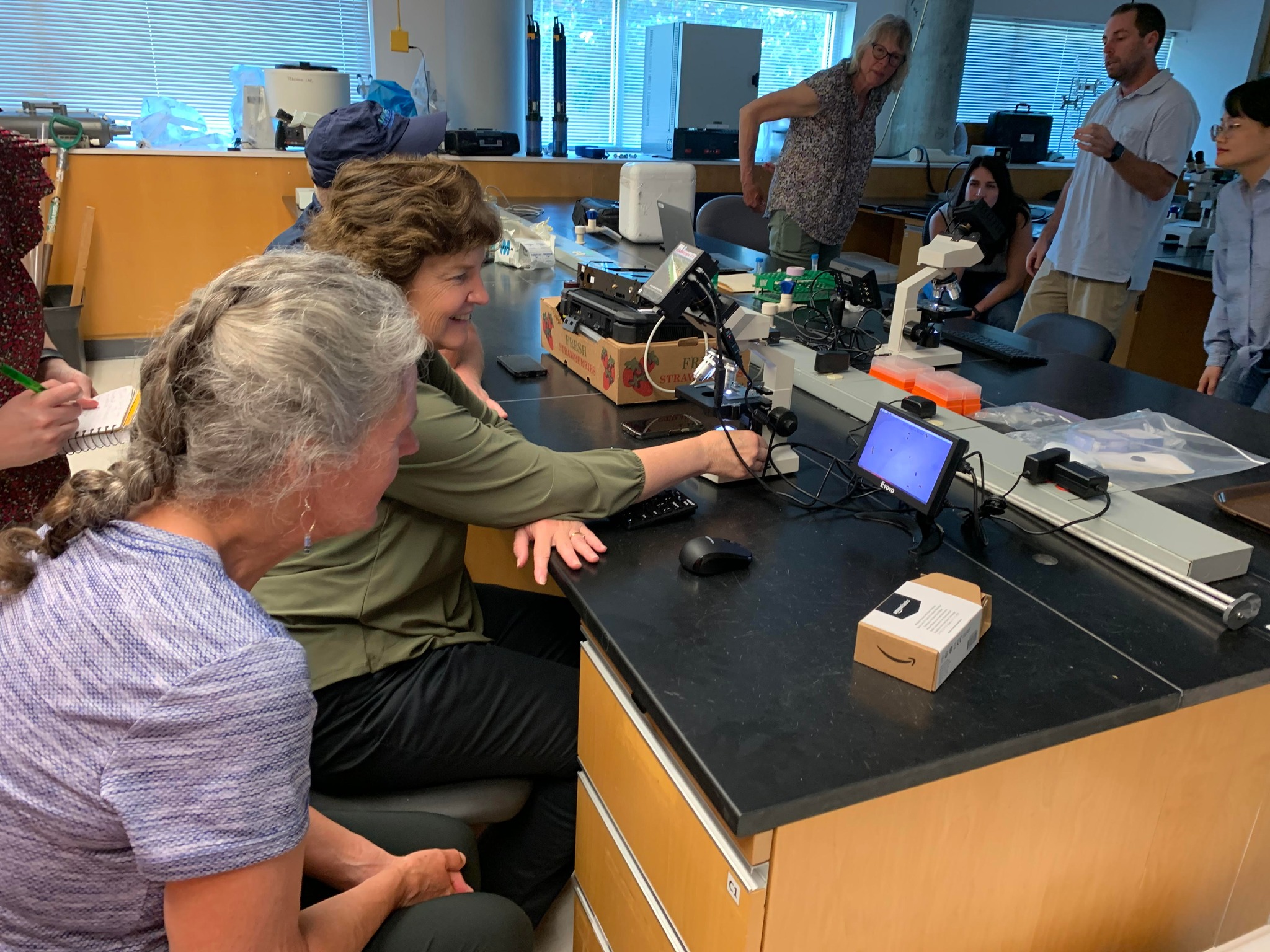From mosquito larvae to the microalgae that cause red tide blooms, many ocean organisms need to be counted. But counting microorganisms in water samples is a labor intensive and repetitive task requiring highly skilled technicians looking at samples through a microscope and counting each individual object.
While several commercial phytoplankton classification instruments are available, they cost well over $100,000 per unit, require highly skilled technicians to run and maintain and still rely on scientists to analyze the imagery they gather.
In the Gulf of Mexico — with 1,600 miles of coastline and millions of water samples that need to be analyzed — GCOOS/TAMU Oceanography Department researchers knew there had to be a better way.
So they invented HABscope 2.0TM — an automated particle counting unit that costs just $500 per unit. HABscope is built out of a commercially available microscope, and 3-D printed case with a single board computer and camera.
The magic is in the GCOOS/TAMU-developed software that counts the particles.
Instead of relying on a highly trained technician visually examining each and every individual water sample — counting organisms one-by-one — a minimally trained volunteer can take a short video of a water sample under the ‘scope.
Then, image recognition software developed by the GCOOS/TAMU team counts the particles in the sample and identifies the targeted species automatically! The result is available in 10-15 seconds — not the minimum 15 minutes needed for a technician to do the counts manually using the traditional approach. (That’s 10 seconds vs. 15 minutes per slide.)
The team is already using this tool to identify Karenia brevis, the organism that causes red tides in the Gulf of Mexico to support the Red Tide Respiratory Forecast, and is training the system to recognize new microscopic species.
The system is being used in Seward, Alaska, where the Alutiiq Pride Marine Institute will be using it to monitor for Alexandrium spp., and to the Virginia Institute of Marine Science, which will also use their ‘scope to monitor for Alexandrium. HABscope has also been trained to detect Pyrodinium.
A provisional patent has been applied for through the Texas A&M University Innovation Partners.
















